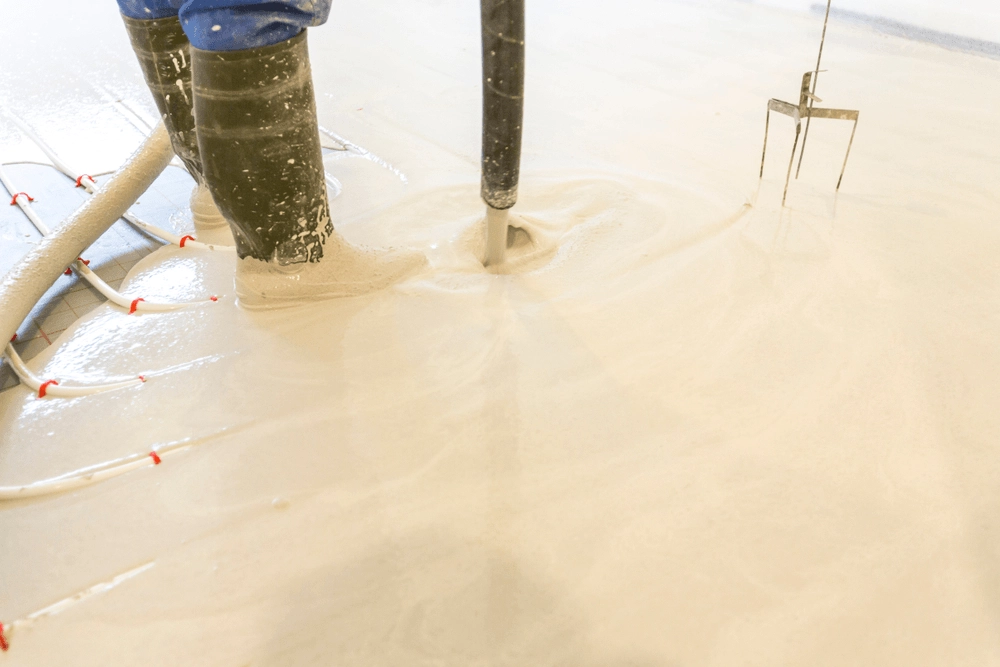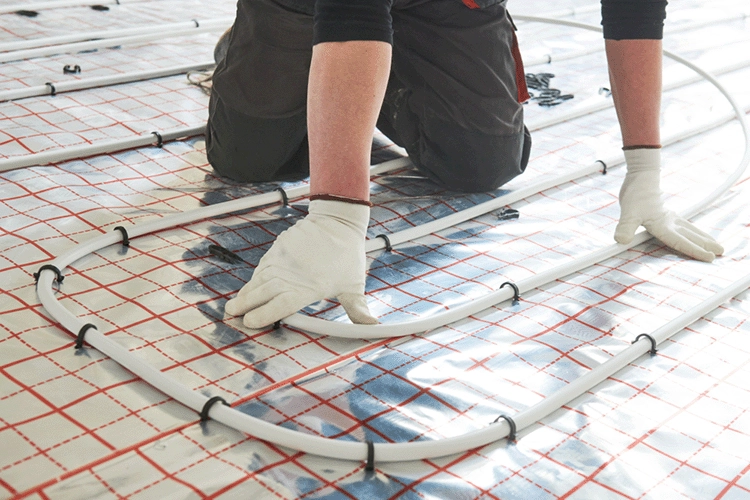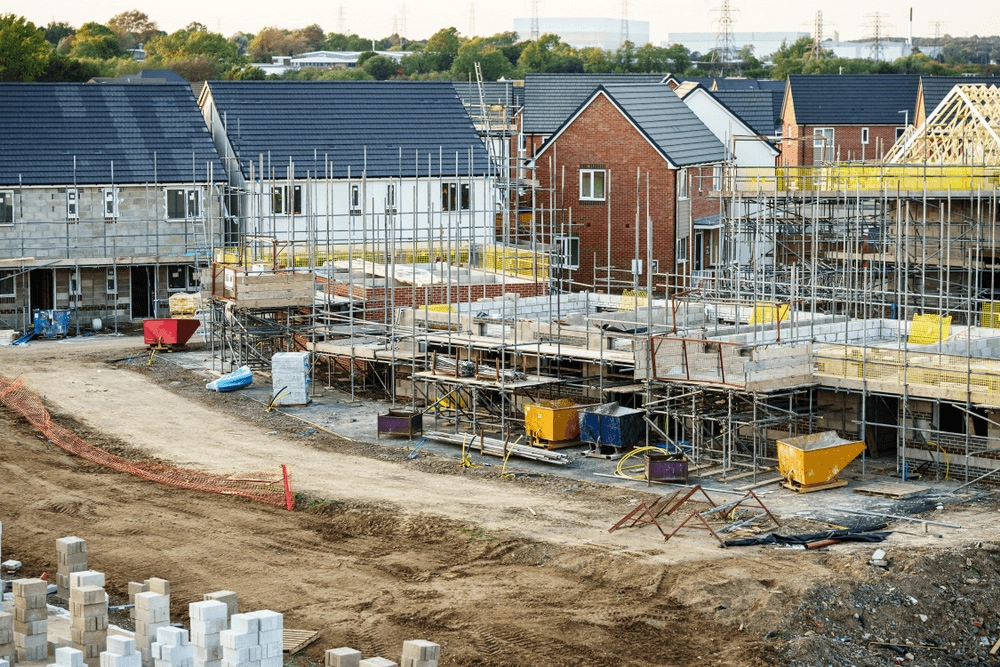Screed is a critical component in construction, serving as the foundation for the final flooring layer. However, during the construction process, screed is highly susceptible to damage from various factors such as foot traffic, machinery movement, and environmental conditions. To ensure a stable and secure surface for the final flooring material, it’s essential to implement effective screed protection measures.
This article explores key considerations for protecting screed, focusing on risk identification, protective strategies, and maintenance practices.

1. Identifying Potential Risks
Before any protective measures can be put in place, it’s crucial to understand the specific risks that may cause screed damage. Common threats include foot traffic, equipment movement, and adverse weather conditions. Evaluating the level of risk associated with each factor helps in adopting the most effective protective methods.
Foot Traffic
Foot traffic poses one of the most frequent risks to screed during construction. Workers traversing the surface can cause cracks, unevenness, or compressive damage. Minimising foot traffic on the screed and directing movement through designated pathways can significantly reduce wear and tear.
Equipment Movement
Heavy machinery, such as cranes, forklifts, or bulldozers, can wreak havoc on the screed surface. The weight and movement of this equipment can crack, puncture, or distort the screed. Establishing alternate routes for equipment or using load-distributing mats is a recommended solution to protect the area.
Adverse Weather Conditions
Weather conditions, including rain, humidity, extreme temperatures, or even rapid temperature changes, can lead to screed deterioration. Excess moisture can weaken the screed, while temperature fluctuations can cause expansion, contraction, or cracking. Shielding the screed from these elements is essential to maintain its integrity during the curing process.
2. Implementing Effective Protective Measures
Once risks are identified, it’s time to apply tailored protective measures that suit the construction environment and project timeline. Below are some common methods used to protect screed:
Temporary Flooring Solutions
One of the most effective methods for preventing damage from foot traffic is the installation of temporary flooring. Materials like plywood sheets or protective boards provide a barrier between the screed and construction activities, allowing workers to move freely without damaging the surface. This temporary layer is removed once construction is completed, leaving the screed intact.
Tarpaulin or Protective Covering
To defend screed from adverse weather conditions, a protective covering like tarpaulin can be used. Tarps are spread over the screed to keep out moisture and regulate temperature fluctuations. Properly securing the covering with weights or adhesive ensures it remains in place throughout the construction phase, offering continuous protection.
Curing Compounds
Applying a curing compound is an essential step to protect screed from rapid moisture loss during the drying phase. These compounds form a thin, protective film over the screed, controlling evaporation and preventing cracks caused by premature drying. Depending on the construction requirements, curing compounds come in water-based or solvent-based formulations, with each type offering specific advantages for different environmental conditions.
3. Ongoing Monitoring and Maintenance
Protection doesn’t end once the protective measures are in place. Regular inspections are necessary to monitor the condition of the screed throughout the construction project. If any signs of damage, wear, or instability are noticed, prompt repairs should be made to prevent further issues.
Routine Inspections
Regularly checking the screed surface ensures early detection of problems like cracking, indentation, or moisture ingress. Addressing issues quickly helps prevent small damages from escalating, ultimately saving time and money in the long run.
Timely Repairs
If damage is identified, it’s essential to act fast. Whether it’s patching cracks, applying additional protective layers, or reapplying curing compounds, timely intervention is key to preserving the screed’s condition. Ignoring damage can compromise the final flooring and lead to costly future repairs.
Conclusion
Protecting screed during construction is vital to ensuring a stable foundation for the final flooring. By identifying potential risks, implementing targeted protection methods, and consistently monitoring the surface for signs of damage, construction professionals can safeguard the integrity of the screed and prevent costly issues later in the build.
Taking proactive measures today not only preserves the screed but also contributes to the long-term success of the entire flooring system.














